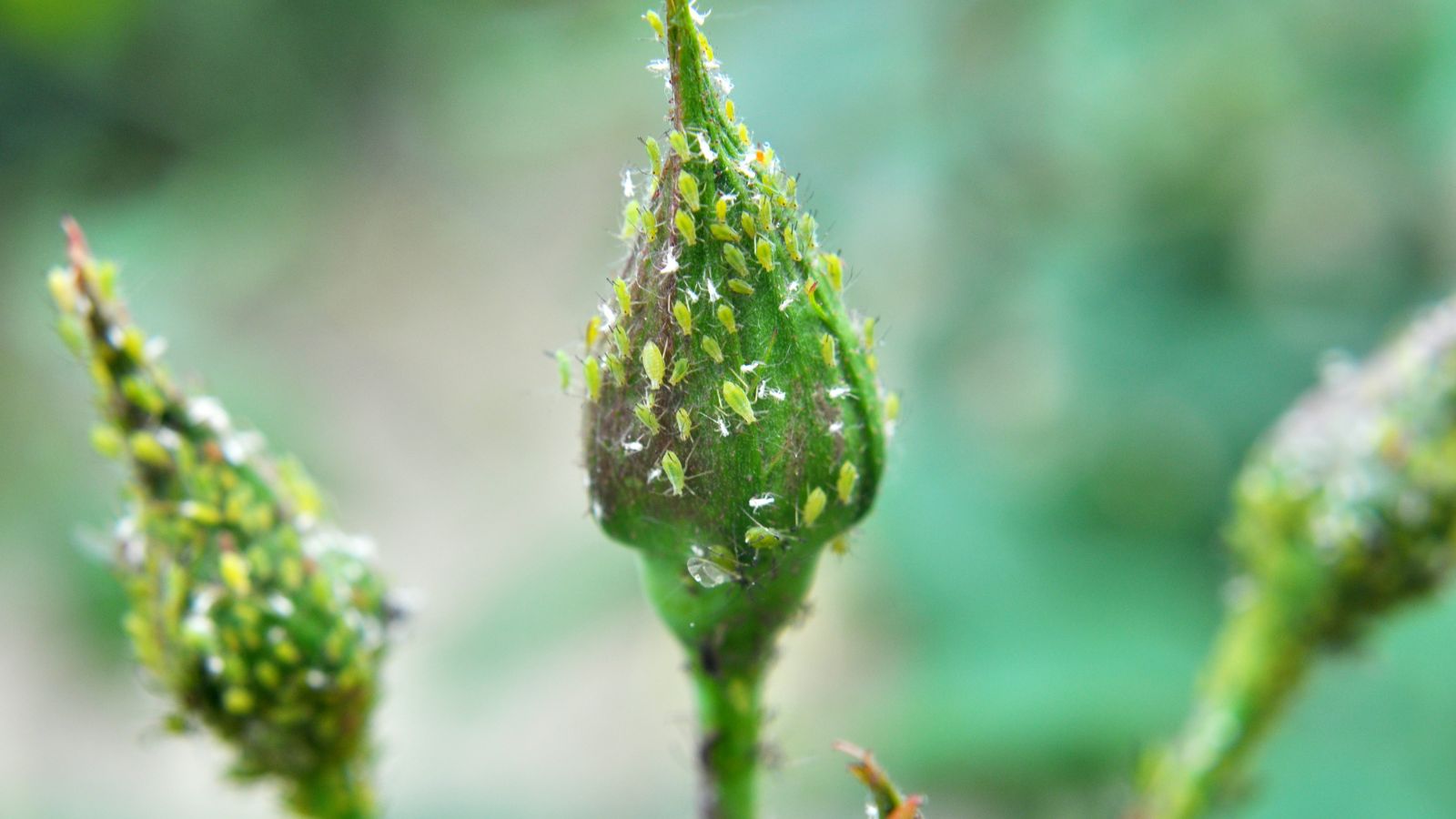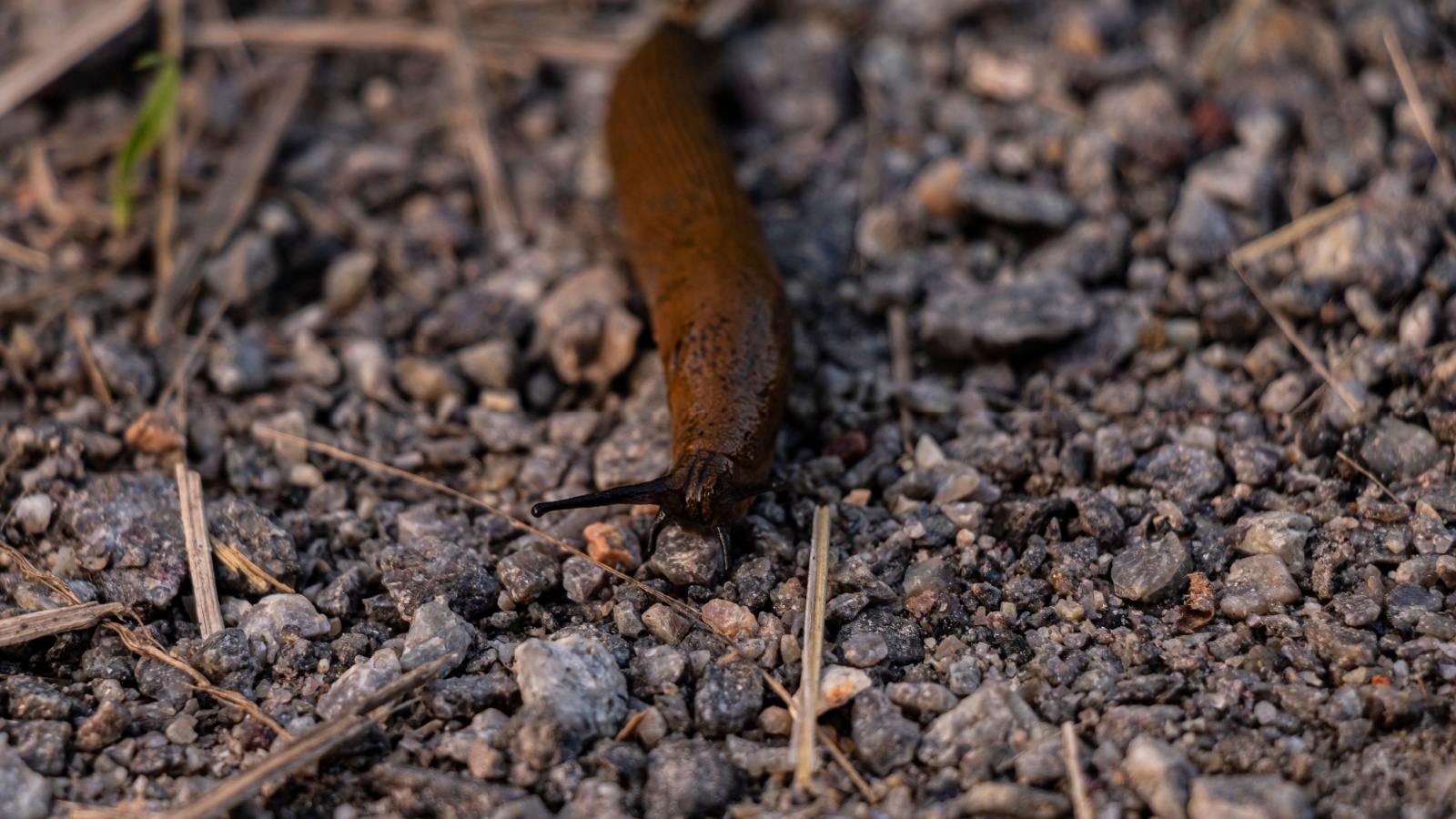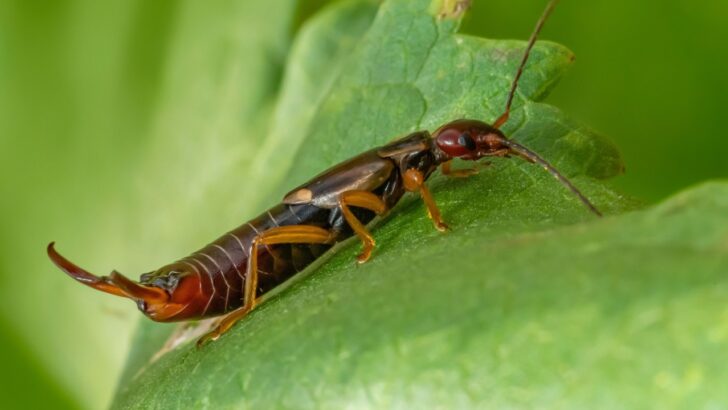If you notice your garden isn’t thriving the way you expected, and you feel like you’re doing everything right in maintaining it — proper watering, ample sunlight, and choosing the appropriate plants for the seasons — garden pests might be to blame.
These little insects could look harmless, but many can wreak havoc on your garden without you even realizing it. Knowing what kinds of pests you’re dealing with is essential in understanding the damage they’re causing and deciding which treatment to use.
Many pests could impact your garden, depending on the time of year, the types of crops you have planted, and other factors.
To better understand their effects, we’ve narrowed down 10 garden pests that seem innocent at first glance but are actually destroying your plants, along with surefire ways to get rid of them.
Aphids

Image credit: Depositphotos.
Aphids, which are part of the Aphidoidea family and are also known as greenfly and blackfly, are one pest that could stunt your plants’ growth.
They may look tiny, but don’t be fooled. These little guys are known to suck fluid from plant leaves resulting in them browning and looking distorted. Aphids also spread viral diseases, making them a nightmare for your fruits and veggies.
Despite aphids’ significant impact on your garden, they’re not impossible to eliminate. Often, a strong spray from a garden hose can wash them off, or you can increase the number of ladybugs in your garden — which love to eat aphids — and that can do the trick.
Beetles

Image Credit: Shutterstock.
Depending on where you live, you might regularly see beetles in your yard (or sometimes one makes its way into your home), but you don’t think much of it. While they normally aren’t a big concern, finding them in your garden is another story.
Beetles are particularly harmful to fruits and leaves. Like caterpillars and grasshoppers, they feed on the plants, leaving holes. However, there are some things you can do to prevent them from ruining all your crops.
For one, you could hand-pick the beetles off your plants and put them into soapy water to kill them. Other options are applying a neem oil spray to deter them or using row covers to protect your plants from a beetle infestation.
Mites

Image Credit: Shutterstock.
Other bugs that might be doing a number on your garden are mites. These are generally found on the undersurfaces of leaves, although they eventually spread to other parts of the plant.
There are many kinds of mites, with spider mites being the most common garden pest you might encounter. Spider mites, in particular, prefer warm, dry conditions and thrive during the summer months.
If your garden has an abundance of mites, you can spray it with water, especially on the undersides of leaves, and frequently use insecticidal soap.
Earwigs

Image Credit: Shutterstock.
One of the tinier pests you might encounter in your garden is earwigs. Given their small size, they might not seem like they’d cause significant damage, but they feed on vegetables and plants like mums, clematis, and dahlias.
Earwigs are also trickier to kill than some other pests. One method is to set traps near the areas where you see them. This can be done by tying damp newspapers with rubber bands to secure a trap.
Gardeners can also try reducing moisture by fixing leaky pipes or gutters that might be causing poor drainage and removing piles of leaves anywhere they could hide.
Thrips

Image Credit: Shutterstock.
Thrips could be harming your garden, particularly if you’re growing fruits and vegetables. These bugs look like tiny black flies that feed on plants and crops like tomatoes, peppers, and watermelons, which are primarily targeted.
They mostly appear in dry springs and, unfortunately, occur in most vegetable gardens. But don’t fret; there are ways to minimize their frequency.
The most effective way is to use reflective mulches beneath the tomato and pepper plants, which will make the insects less attracted to them. This is more beneficial than using insecticide sprays because sprays generally don’t prevent tomato-spotted wilt virus, which is often transmitted immediately upon thrips feeding on the plant.
Cutworms

Image Credit: Shutterstock.
Cutworms can be very destructive to vegetable gardens, mainly to newly planted crops, because they cut the stems of the plants, preventing them from growing. Cutworms spare no seedlings, but particularly favor tomatoes, broccoli, kale, and cabbage.
If you see your plants wilted or have severed seedlings, they are the most likely culprits. These caterpillar creatures are found in the top few inches of soil and can be green, brown, yellow, or gray.
Gardens can be treated for cutworms by hand-picking the pests at nighttime, putting plant collars around young seedlings, and targeting them with insecticide.
Cabbage Moths

Image Credit: KKPCW, CC BY-SA 4.0/Wiki Commons.
Cabbage moths have a reputation for destroying produce like broccoli and collard greens, and they’re difficult to catch before this happens. A big reason for this is they are hard to spot once the eggs hatch, and it takes close inspection of each plant to identify them.
Luckily, cabbage moths don’t require an exterminator or extreme measures to remove them from your garden. Using an electric zapper racket to catch them or protecting your plants by covering them with shade cloth could do the trick.
Leaf Miners

Image Credit: Shutterstock.
Leaf miners, also known as Agromyzidae, are a family of flies that don’t appear toxic to your garden but are common destroyers. Their larvae bury into the leaves of vegetable plants, ruining their production.
They’re particularly attracted to spinach and Swiss chard but don’t stray away from tomatoes, cucumbers, and squash. You’ll know if leaf miners have been in your garden as they leave behind visible trails on leaves and lay eggs on your plants.
It’s possible to eliminate leaf miners by protecting your plants with row covers or using neem oil spray.
Squash bugs

Image Credit: Shutterstock.
Not to be mistaken for stink bugs, which have a similar shape and odor, squash bugs are a nightmare for gardeners. They usually appear from early June until mid-summer and feed on vegetation.
Squash bugs could be causing your leaves to wilt, and you might not notice right away as they hide under leaves when disturbed. The good news is that they’re not disease carriers and can be removed.
Be sure to crush any eggs you spot on the undersides of leaves, hand-pick any adult squash bugs you see, and drown them in soapy water. You can also trap them by laying a board over the soil at night and finding the bugs sheltered there in the morning.
Slugs

Image Credit: Shutterstock.
Many people are familiar with slugs, but not everyone knows the dangerous effects they can have on gardens. Like snails, slugs love moisture and feed on leaves and flowers at night and on cloudy days.
You can tell when slugs have been lurking around your garden because they leave a shiny, slimy trail in their wake. But like the others on this list, slugs can be taken care of to minimize any damage they cause.
Beer or slug traps can be efficient in nixing them from your garden. You can also grow plants that slugs don’t like (like rosemary, thyme, lavender) to deter them, or as we mentioned before, drop them in soapy water to kill them.


